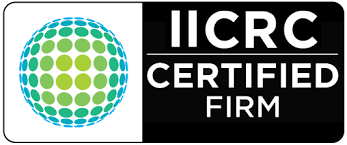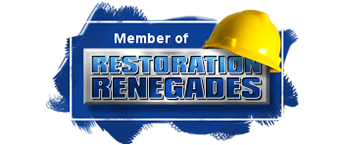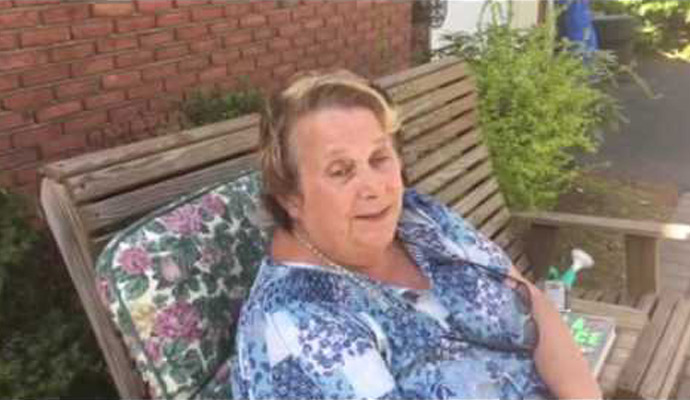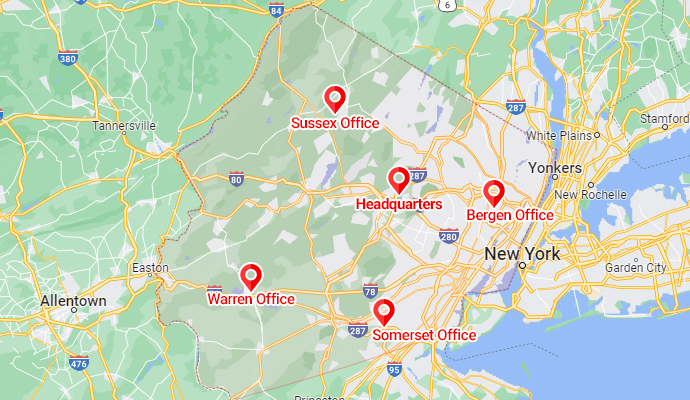How to Handle Water Damage from Burst Pipes
Water damage from burst pipes can wreak havoc on your home, leading to a multitude of issues such as structural damage, mold growth, and ruined personal belongings. Quick and efficient action is essential to mitigate the damage and restore your home to a livable condition. This article provides a comprehensive guide on how to handle water damage from burst pipes.
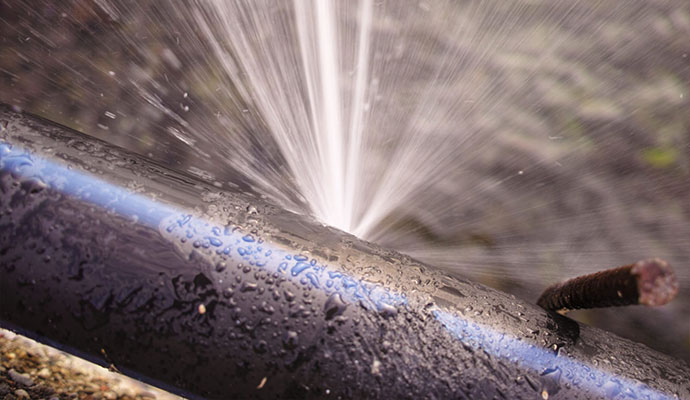
Immediate Steps to Take
- Shut Off the Water Supply
- The first step in handling water damage from burst pipes is to locate the main water shut-off valve and turn it off. This will stop the flow of water and prevent further flooding. Typically, the main valve is located near the water meter or where the main water line enters the house.
- Turn Off Electricity
- Water and electricity are a dangerous combination. Turn off the electricity in the affected areas to prevent electrical hazards. If the electrical panel is located in a wet or damp area, it's best to call an electrician for assistance.
- Remove Standing Water
- Use a wet/dry vacuum, mop, or towels to remove standing water. Quick action is crucial to minimize the damage and prevent the water from spreading to other areas.
- Dry Out the Area
- Open windows and doors to allow fresh air to circulate. Use fans, dehumidifiers, and air movers to reduce moisture and humidity levels. This will help dry out wet surfaces and prevent mold growth.
Assessing the Damage
Once the immediate water flow is stopped and the area is safe, assess the extent of the damage. Check the walls, floors, and ceilings for signs of moisture and dampness. Pay particular attention to the bathroom, kitchen, and areas around the sink and toilet, as these are common places for water damage to occur.
- Inspect for Structural Damage
- Look for signs of structural damage such as warping, buckling, or sagging. If you notice any severe damage, contact a professional contractor to assess and repair the damage.
- Check for Mold and Mildew
- Mold can start growing within 24-48 hours in damp conditions. Inspect all wet areas for mold growth. If you find mold, it’s essential to clean and sanitize the area thoroughly. In severe cases, professional mold remediation services may be necessary.
Cleaning and Sanitizing
- Remove Damaged Materials
- Remove any materials that cannot be dried or cleaned, such as soaked carpets, drywall, and insulation. These materials can harbor mold and bacteria.
- Clean and Disinfect
- Clean all surfaces with a mixture of water and detergent to remove dirt and debris. Follow up with a disinfectant to sanitize the area and kill any bacteria or mold spores. Pay special attention to high-moisture areas like the bathroom and kitchen to ensure they are thoroughly cleaned and sanitized.
- Dry and Dehumidify
- Continue to use dehumidifiers and fans to dry out the area completely. Maintain low humidity levels to prevent future mold growth and ensure the space is safe and habitable.
Professional Help and Insurance Claims
- Hire a Professional Restoration Service
- For extensive water damage, it’s best to hire a professional water damage restoration service. They have the expertise and equipment to handle large-scale drying, cleaning, and repairs effectively.
- File an Insurance Claim
- Document the damage with photos and detailed notes. Contact your insurance company to file a claim for the water damage. Be sure to provide all necessary documentation and follow their guidelines for a smoother claims process.
Preventive Measures
- Regular Maintenance
- Regularly inspect your plumbing system for signs of wear and tear. Replace old or damaged pipes to prevent future bursts.
- Insulate Pipes
- Insulate pipes in unheated areas to prevent freezing during cold weather, which is a common cause of burst pipes.
- Install Leak Detectors
- Consider installing leak detectors near high-risk areas like the bathroom, kitchen, and basement. These devices can alert you to leaks before they cause significant damage.
Conclusion
Handling water damage from burst pipes requires immediate action, thorough cleaning, and proper drying to prevent further damage and health risks. By following these steps and taking preventive measures, you can effectively manage the situation and restore your home to a clean and sanitized state. Engaging professional services and filing an insurance claim can also help in mitigating the damage and ensuring a comprehensive restoration.
At PDQ Restoration, we take pride in offering expert water and fire damage restoration services to homeowners in North Jersey. With numerous positive reviews on Google, we are highly regarded for our professionalism, efficiency, and dedication to customer satisfaction. Trust us to keep your home safe and structurally sound.




